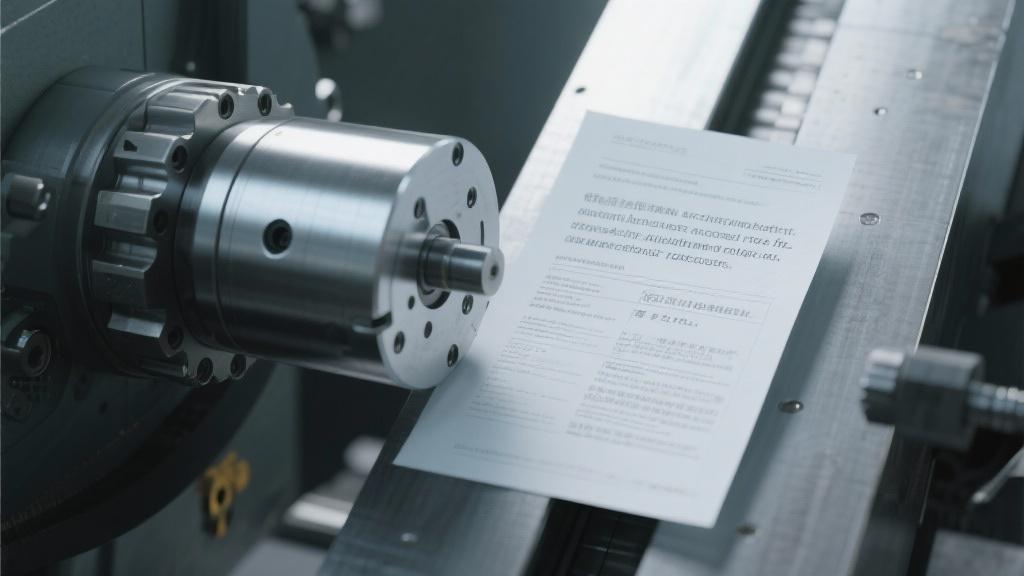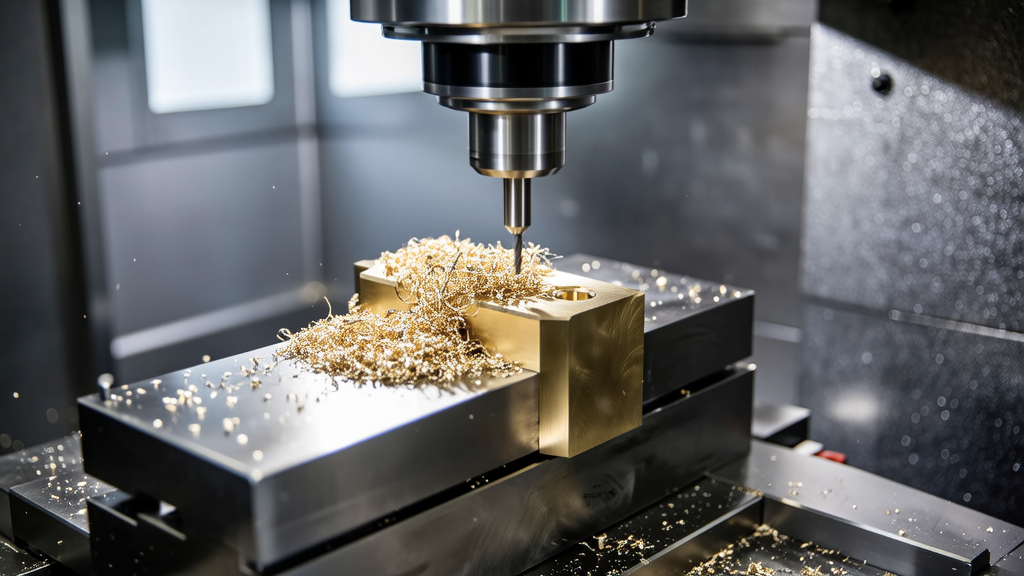Material Selection and Costs
One of the most significant elements affecting the quotation is the choice of material. Aluminum comes in various grades, each with distinct properties that can impact both the machining process and the cost. For instance, high-strength aluminum alloys may cost more due to their enhanced characteristics. Moreover, fluctuations in the raw material market can lead to price increases, affecting how quotes are developed. Understanding the specific material required for your project can help in calculating a more accurate quote.
Machining Complexity
The complexity of the machining involved directly influences the time and labor required to complete the project. Simple components may have straightforward machining procedures, leading to lower costs. However, parts that demand intricate designs or tight tolerances will require more advanced equipment and skilled labor, increasing the overall expenditure. It’s crucial to communicate all design specifications in detail to the machining provider to avoid underestimating the potential costs.
Quantity and Production Run
Another critical factor is the size of the production run. Lower volumes often come with higher per-unit costs due to set-up times and initial tooling expenses. In contrast, larger orders can benefit from economies of scale, spreading fixed costs over many units and reducing the overall cost per part. Thus, determining whether you’re looking for a prototype run or a full-scale production can significantly alter the quotation.
Labor Rates and Overhead Costs
Labor costs vary widely based on geographical location, skill level required, and the operational overhead of the machining facility. In areas with a higher cost of living, labor rates will typically be higher. Additionally, overhead costs associated with maintaining a machining shop—like utilities, equipment maintenance, and administrative expenses—also factors into the final quote. Therefore, choosing a provider who offers competitive rates while maintaining quality is pivotal.
Turnaround Time Requirements
Urgent projects often lead to expedited service fees, which can quickly escalate a quote’s overall cost. When time is of the essence, it may be necessary to accommodate higher rates to prioritize your project. Clear communication regarding deadlines can help in receiving the most accurate estimate possible.
Technology and Equipment Used
Advancements in technology play a significant role in the efficiency and cost-effectiveness of machining. Shops equipped with modern CNC machines and automation can reduce production times and improve accuracy, thus potentially lowering costs. However, the initial investment in high-end technology can also be reflected in higher quote estimates.
Conclusion
By understanding these influencing factors, you can better navigate the quoting process for aluminum machining projects. Communicating openly with your machining partner about your project’s specifications, expected volume, and timelines will help in generating a more accurate and beneficial quotation.
What materials should I consider for aluminum machining projects?
When it comes to aluminum machining, the material selection is crucial. You’ll find various aluminum grades, such as 6061 and 7075, each with its specific properties. Choosing a high-strength alloy may increase the material cost but can offer better performance.

It’s essential to understand how different grades affect both the machining process and your overall budget. So, discuss your material needs with your supplier to get a clearer picture of the costs involved.
How does complexity affect the cost of machining?
The complexity of the part you’re machining can significantly impact pricing. Simple designs usually require less time and fewer resources, which keeps costs down. However, intricate parts with tight tolerances may necessitate specialized equipment and skilled labor, raising the quote.
Make sure to communicate the intricacies of your project clearly. This way, the machining provider can assess it correctly and provide a more accurate quote based on the complexity.
What role does production volume play in quotes?
The quantity of parts you need can dramatically affect the cost per unit. For small runs, you might face higher per-unit costs due to setup and tooling. However, larger production runs often yield lower prices per piece as fixed costs are spread over more units.
Consider whether you need prototypes or a full production run. This will help in understanding how volume impacts your overall quote and budgeting for your project.
How important is the turnaround time for pricing?
Turnaround time can make a big difference in your machining costs. If you need something done quickly, expect to pay premium rates for expedited services. On the other hand, if you can afford a little more time, you might be able to negotiate a better price.
Be upfront about your deadlines. This honesty can help your machining partner provide a more accurate and realistic quote that aligns with your time requirements.
What technological factors influence the quotes I receive?
Technology plays a vital role in the efficiency and overall cost of machining. Advanced CNC technology can lead to faster production and improved precision, potentially lowering your costs. However, shops equipped with the latest technology might charge higher rates due to their investment in equipment.
So, when reviewing quotes, consider the technology used by the machining shop. Investing in modern machinery can often justify higher costs by providing a better end product.









